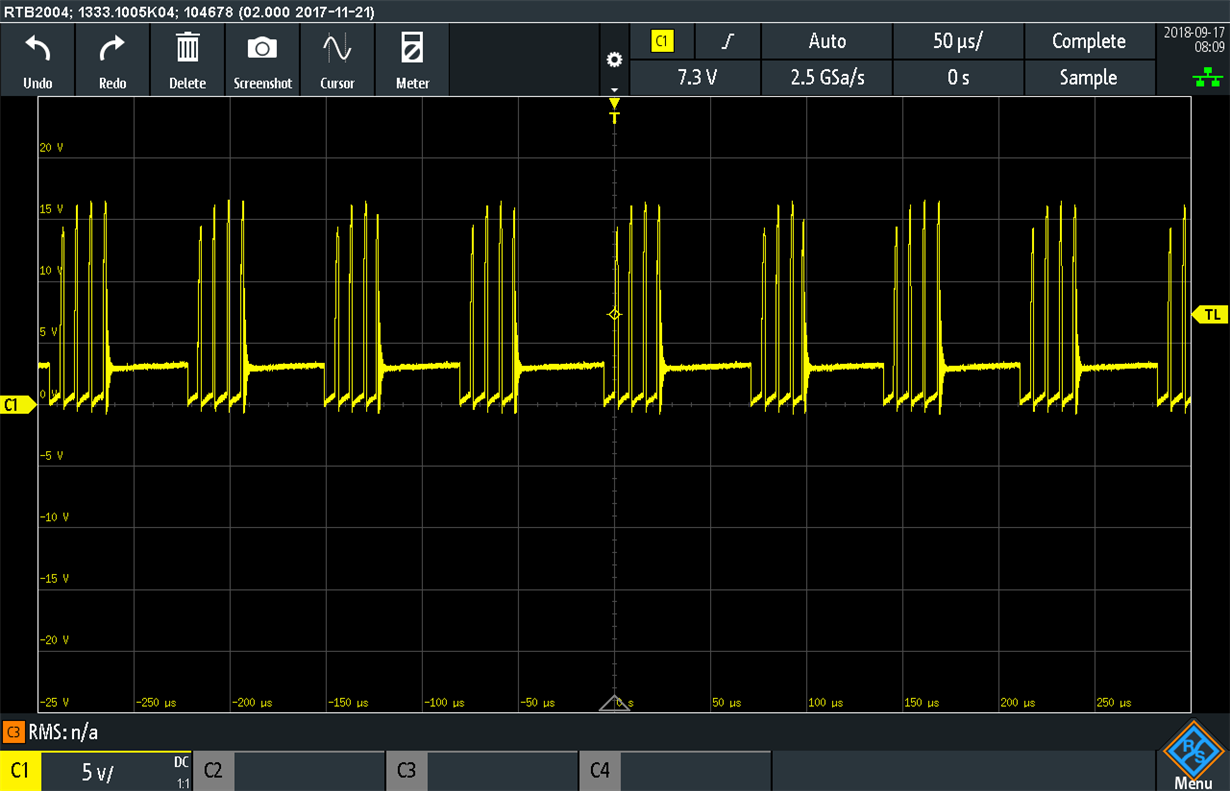Other Parts Discussed in Thread: DRV2700,
Hello,
I am trying to get a haptic feedback either using LRA motor with DRV2605, or using piezo with DRV2605/DRV2700 (based on application report SLOA255).
When using just LRA, the haptic feedback is barely noticeable. However, when the LRA is driven directly from a power supply, the feedback is strong.
When using the DRV2700 with a signal from DRV2605, there is no feedback can be felt. I also notice that the FB pin does not output 1.3V. Thus my PVDD signal is around 10V instead of 65V.
Attached is the schematics of the haptic driver circuit. The selection between Piezo or LRA is done using J1 and J2 jumpers.
LRA motor - 1020-15-003-001 (www.digikey.ca/.../j2rmtd)
Piezo - Z63000Z2910Z 1Z 2 (www.digikey.ca/.../j2rm8v)
I am looking for any possible recommendation.
Thank you.
Regards,
Leon


